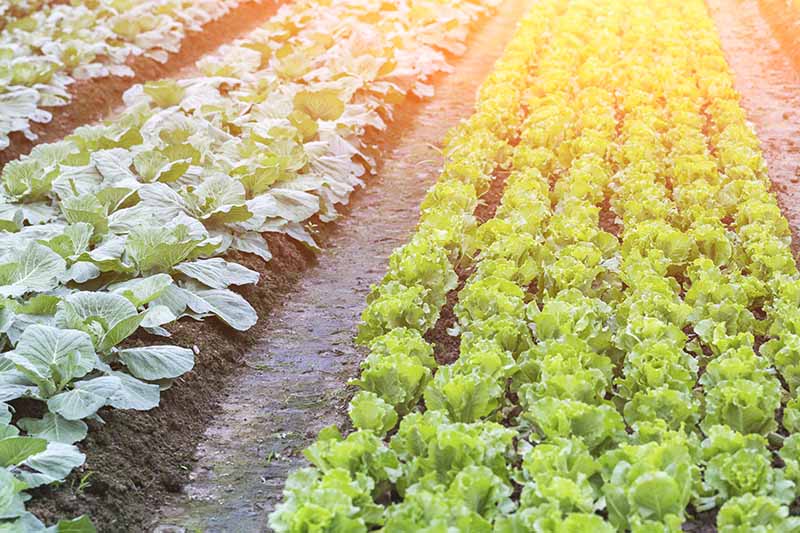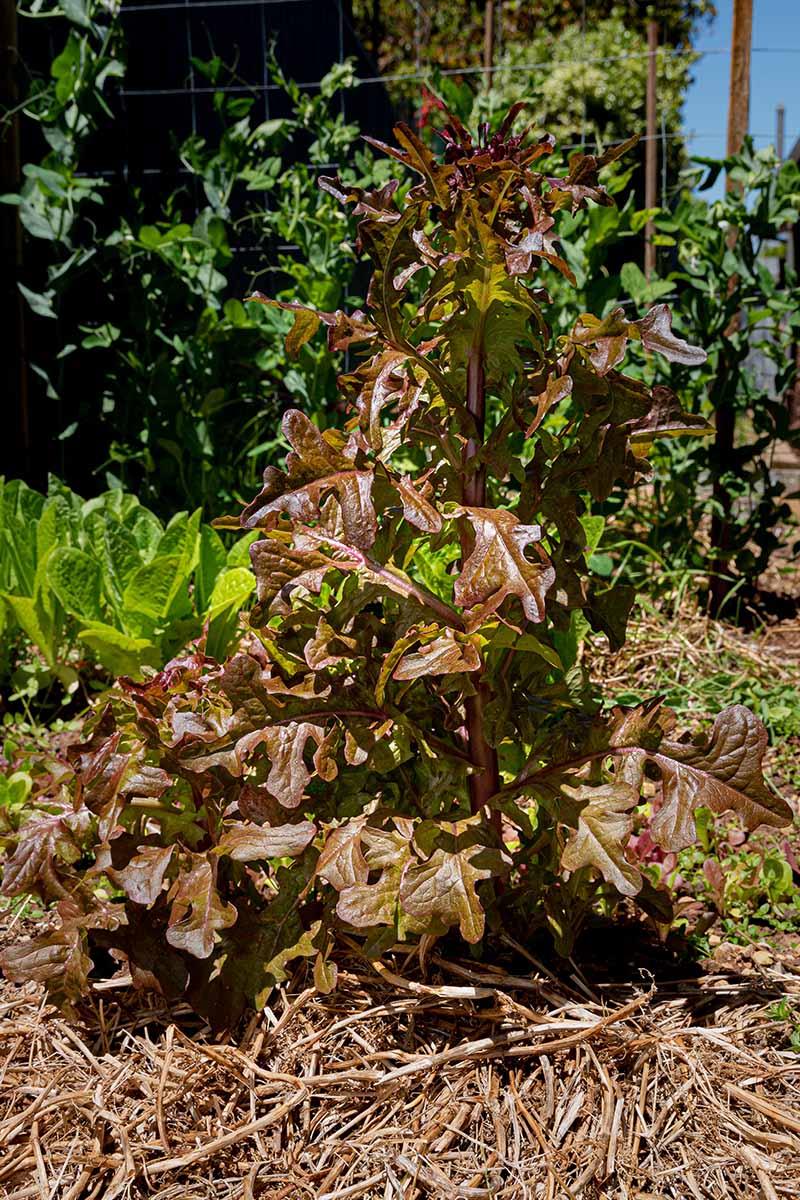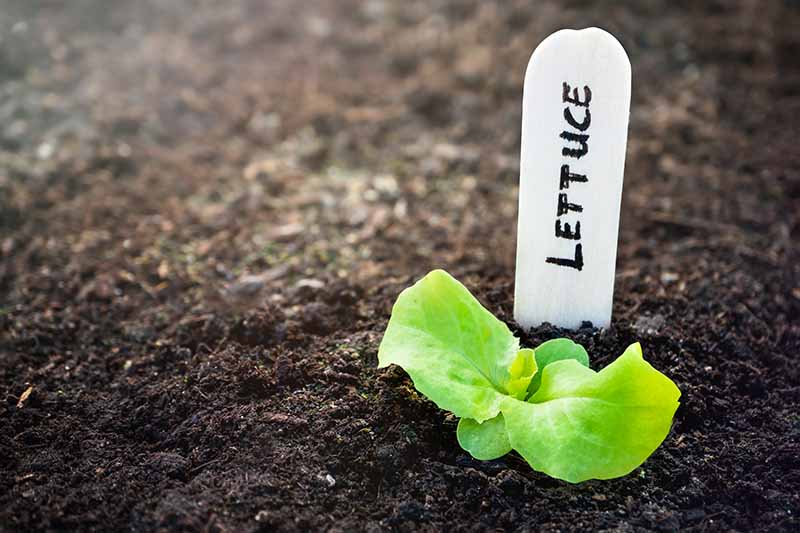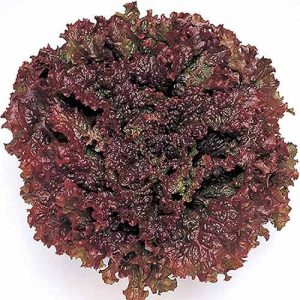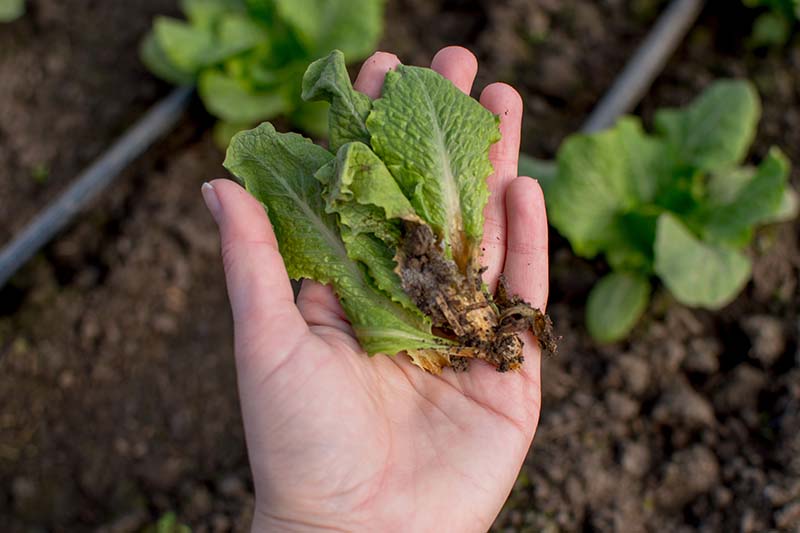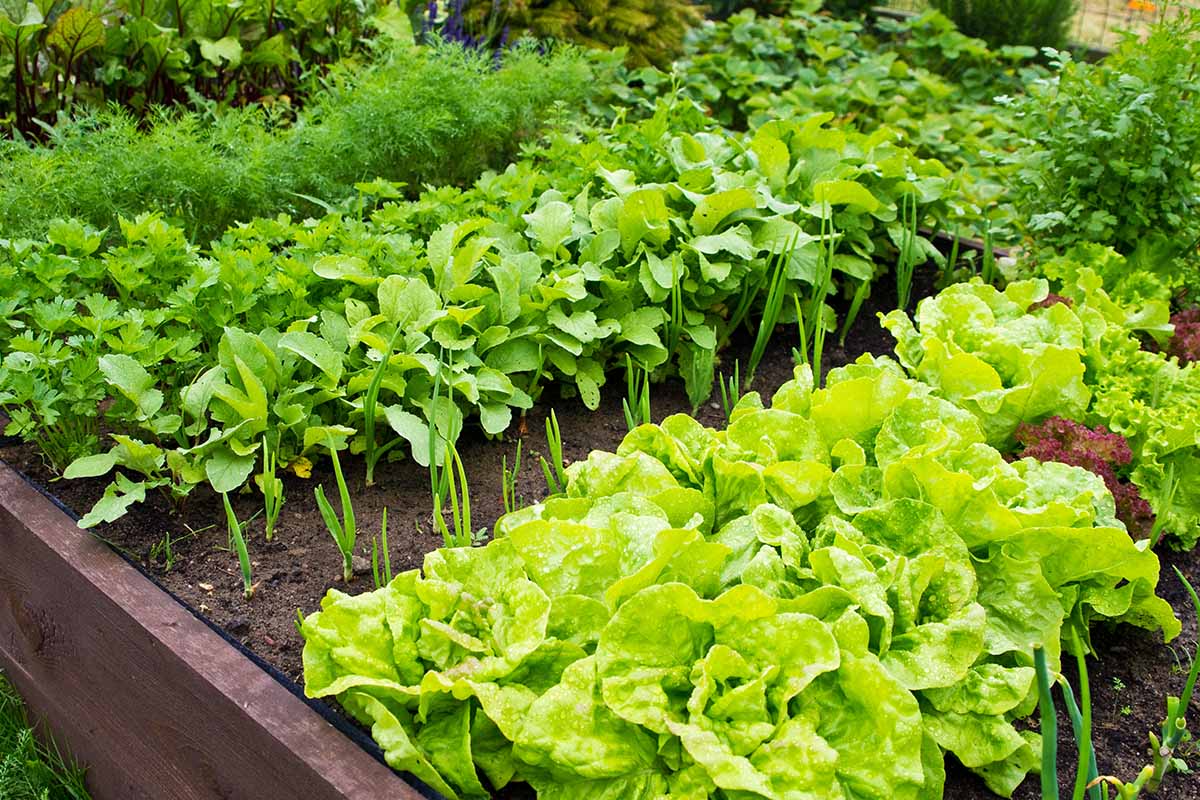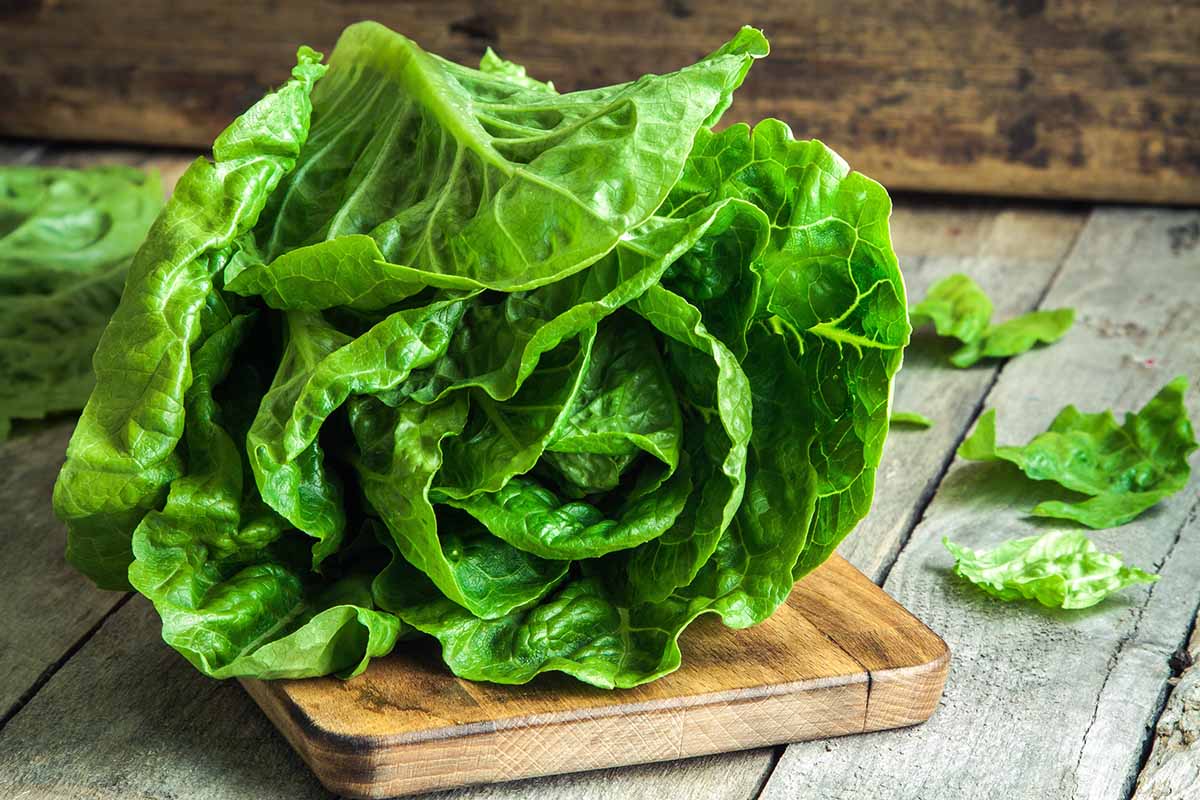When they are bitter, they’re the worst. Maybe that’s a bad joke, but I tell it to remind you to take all the necessary precautions to assure your Lactuca sativa is tender and mild, not bitter, like some grumpy friends I could mention… A hint of heat is okay, and homegrown varieties do tend to have more flavor than supermarket iceberg and the like. But once this green vegetable starts developing a pervasive off-taste, the jig is up. You may be able to harvest a head, or a bunch or two, and doctor it up so it’s edible. But once the flavor turns bitter, the lettuce will never return to being the delicious salad ingredient you intended to grow. We link to vendors to help you find relevant products. If you buy from one of our links, we may earn a commission. Lettuce picked at its peak and served fresh from the garden is a taste sensation. When you plant your own L. sativa, you can provide your household with a plethora of fresh, inexpensive leaves or crisp heads. But that advantage is easily canceled out when your precious crop starts tasting bitter. Before you know it, the greens are fit only for the compost pile. Let’s not let that happen! In this guide, I’ll share the top reasons why homegrown lettuce becomes bitter and how to prevent it. Here’s what I’ll cover: From buttercrunch to romaine to loose leaf varieties, lettuce is a garden staple that’s easy to grow and lovely to have on hand for fresh salads, wraps, and garnishes. Having your crop develop a bitter taste is probably the toughest issue you’ll face when you grow this fresh leafy green, except maybe the infestations of insect pests that can plague L. sativa. Why does perfectly attractive green or red lettuce sometimes look fine in the garden, but it tastes bitter when you pick it? These are the top causes, with preventive measures for each:
1. Environmental Conditions
The top reason for lettuce to become bitter is bolting. This term describes a plant that puts all its energy into producing flower stalks and buds that can open and bloom, producing seeds if they’re pollinated. The reproductive process causes the plants to form bitter compounds in both the leaves and stems, which turns their taste more acrid and harsh with each passing day. L. sativa will eventually bolt as it gets older, if the days are long enough. But it will bolt more quickly in response to environmental conditions, particularly hot weather or dry spells. This makes sense if you think about it: As a plant that thrives in cool weather, heat or too little water feels life-threatening, so it begins the process of forming seeds to produce a new generation to carry on after it’s gone. Most types start forming buds after a couple of days of temperatures in the 70 to 80°F range. There’s also a day-length component, with lettuce bolting in response to longer days in early summer or shorter days in late fall. But according to the available research, high temps are the most reliable cause of bolting. Water stress can also cause lettuce to become bitter. The lack of moisture can be linked to the hot weather that instigates bolting, or it may be an independent cause of bad-tasting homegrown romaine, buttercrunch, or loose leaf varieties. This is an unforgiving cycle for us vegetable gardeners. Even if you notice your plants are forming buds and pinch them off, you’ll only buy yourself a few extra days of mild-tasting greens out of the deal. It’s far more practical to focus on prevention. Use these tips:
Prevention
Before sowing or transplanting, make sure you note the number of days to maturity and whether you have enough time to harvest ahead of the time when heat typically strikes in your area. One additional way to cope with this situation is to realign your expectations. If you think of growing lettuce as a task involving a series of successive plantings, instead of producing a single crop per season, you can readily sow and pick two or more sets of baby leaves before warm temperatures arrive and ruin the harvest. When you’re growing in a region with long, hot summers, you may also want to look into planting a cultivar that is particularly bolt-resistant. These are three of my favorites:
Deer Tongue
This heat-resistant, Amish heirloom grows narrow, pointed leaves connected to a compact base that’s about six inches tall at its full size. ‘Deer Tongue’ The leaves have crunchy ribs and a mild flavor. ‘Deer Tongue’ produces baby leaves in 30 days, and reaches maturity in 46 days. This variety is available in 300-seed packets from True Leaf Market.
Ruby
Appropriate for containers and edible landscaping, ‘Ruby’ produces deep-red tinted leaves on plants that grow seven or eight inches tall at maturity. ‘Ruby’ It’s renowned for its heat resistance, and matures in 30 to 60 days. ‘Ruby’ seeds are available in various packet sizes and one-pound sacks at Eden Brothers.
New Red Fire
An open-pollinated red leaf cultivar with exceptional heat tolerance, ‘New Red Fire’ grows relatively slowly, reaching its mature height of around 10 inches in about 55 days. The leaves make a sweet, crispy base for big salads, and are the right size and texture to slip into sandwiches or burgers. The frilly leaves are light red and green, and they will grow large enough to use for lettuce wraps without developing a harsh taste. ‘New Red Fire’ This cultivar also grows well in cool weather. Note that growing slow-bolt types only prolongs the season a bit. You still won’t be able to pick bountiful baskets of salad greens in the July or August heat when the temperature is 100°F. Other ways to prevent the bitter taste that occurs in lettuce that’s been exposed to too much hot weather include planting it in part shade, getting a jump on the season by purchasing transplants or starting seeds indoors, mulching after the seedlings are a couple of inches tall, and growing this crop in containers you can move indoors if an early heatwave hits. Most varieties will produce leaves that are at least two inches long, and tender and mild, within 20 to 30 days – well ahead of the arrival of warm weather in the spring or summer. To learn more about managing this type of succession planting, see our guide. To minimize moisture stress from the get-go, start with proper garden prep. Make sure to plant your lettuce in loamy soil that’s been amended with plenty of organic matter, so it will retain moisture and also drain well. If you’re planting in a pot, use a rich, well-draining potting mix. Make sure the container is coated to prevent evaporation, and that it has holes in the bottom for drainage. In the first couple of weeks after you transplant starts or after your seeds have germinated, provide enough water to keep the soil moist but not swampy. Once young lettuce plants are established and have produced several sets of true leaves, continue irrigating a couple of times a week when your garden doesn’t receive at least an inch of water from rain. Not sure how much precipitation has fallen? A rain gauge can help. When you’re growing in containers, you may need to water even more often to maintain damp but not waterlogged soil. In areas where water evaporates quickly, even in the spring or autumn growing seasons, you may want to invest in drip irrigation or soaker hoses. It’s also a good idea to mulch the plants when they’re a couple of inches tall, and to weed often and well so these shallow-rooted greens aren’t competing for water. Learn more about watering and find additional tips to care for homegrown lettuce in our guide.
2. Not Enough Nutrients
When you’re unable to give L. sativa what it needs to grow quickly, the plants are more likely to bolt and turn bitter before you’ve finished harvesting. This is especially true when you wait for the lettuce to grow full-size loose leaves or mature heads, instead of picking all or most of the crop at the microgreen or baby leaf stage. A lack of nutrients, particularly nitrogen, can cause this leafy green’s growth to be stunted, or make it inch up so slowly it’s unable to produce mild, tender leaves before it quite literally goes to seed. Like many other types of cool-weather greens, all varieties of lettuce are heavy feeders, and need ample nitrogen in particular to ensure a healthy start, followed by a yield of tasty crispheads or loose leaves ahead of bolting.
Prevention
Before you sow or transplant, work a complete fertilizer, like a product with an NPK ratio of 13-13-13, into the soil, or add plenty of composted manure or other organic matter. Be sure to do this ahead of seeding so you won’t scorch the seedlings. Unless you’re planning to harvest only baby leaves or microgreens, also side-dress the young plants every three weeks during the season with a high-nitrogen fertilizer. Also consider planting beans or other legumes that fix nitrogen in the soil as companions, or rotate crops so your L. sativa cultivars follow beans in successive seasons.
3. Aster Yellows
Lettuce is one of hundreds of plants affected by aster yellows disease, which is caused by microscopic phytoplasmas that act much like bacteria. The phytoplasmas are primarily transferred by leafhoppers. In addition to creating pink or tan spots on the leaves and twisted leaves in the core, aster yellows can make your crop taste terrible.
Prevention
There’s no cure for aster yellows, so the best approach is prevention. This involves planting resistant varieties, removing diseased plants from the garden, and preventing or eliminating infestation by the insects that carry this disease. Learn more about aster yellows detection and prevention in our guide.
Can You Fix Bitter Lettuce?
I’m no quitter, and I am one of the most frugal people you’ll ever meet. But I still won’t recommend putting a lot of effort into trying to make bitter lettuce taste better. It’s a lot of work for a crop you could far more easily replant in the autumn or next spring. Mind you, the off-tasting leaves resulting from poor environmental conditions are perfectly safe to eat. It’s only the flavor that suffers when you let the plants bolt in the heat or don’t water them properly. Aster yellows-afflicted plants should be destroyed, not sampled. When the greens have just a hint of bitter flavor, it is possible to simply separate the leaves from each other or the core, and soak them in a quart of ice water mixed with half a teaspoon of baking soda for a couple of hours. Then rinse them, let them dry, and chill them in the fridge for up to two days before consuming. In my experience, this will take the edge off of the intense flavor, but it won’t eliminate bitterness altogether. You can also use just a few slightly off-tasting leaves in a mix of greens that includes sweeter varieties, like mâche, also known as corn salad or lamb’s lettuce. Once the harsh flavor has become pervasive, though, the only solution is to saute the greens in olive oil for three or four minutes on medium heat, and stir in a little bit of table sugar and a squeeze of lemon juice just before serving. This concoction tastes okay, but it isn’t a side dish I particularly look forward to. When you’re determined to eat the greens you grew, it can serve as a stopgap measure until you harvest a superior batch. If a second sowing isn’t feasible for you or you’d hate to wait another 40 to 70 days for it to grow, you still don’t have to make do with the harsh flavor of overgrown L. sativa. Instead, plant a batch of quick-producing microgreens to get your lettuce fix in just 10 to 14 days. Learn more about growing microgreens in our guide. A steady supply that comes directly from the garden to the table will enhance your home menu and encourage healthful eating. Do you have experience with L. sativa that bolted? Our readers appreciate tried-and-true advice, and our experts will respond to any questions you might have about this common garden issue. The comments section below awaits your tips and queries. And if this advice hit the mark, here are some more lettuce guides for you to read next:
How to Plant and Grow Leaf Lettuce29 of the Best Lettuce Varieties For Your GardenDo You Need to Protect Lettuce from Frost in the Garden?

